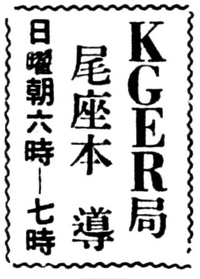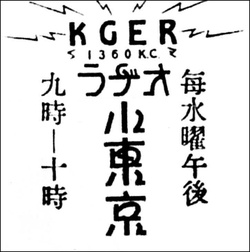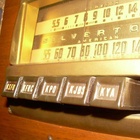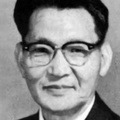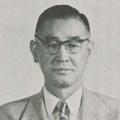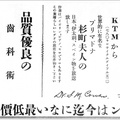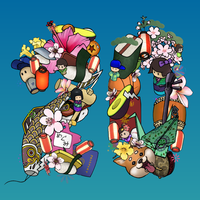On February 8, 1940, Oza Hondo's final broadcast on California Mainichi Broadcasting System (see Part 5 ) took up the post of secretary of the Gardena Plains Japanese Association at almost the same time. However, his passion for radio was difficult to let go, and he returned to the radio world by founding the "Sunday Mainichi Broadcasting Association."
Sunday Mainichi Broadcasting
The last Japanese language broadcast program before the war, "Sunday Mainichi Broadcasting," began broadcasting on November 3, 1940 from KGER station in Long Beach. The hour-long program aired every Sunday morning at 6:00 and featured lectures, entertainment, news, and more.
The lack of advertising and the abundance of content were well received, but this directly led to management problems. So on November 22nd, a meeting was held to organize the "Oza Main Broadcast Supporters Association," modeled after the California Mainichi Newspaper Supporters Association.
In any case, the program continued smoothly, and by the end of 1940, the program's offices were set up in Room 212 of the Miyako Hotel in Little Tokyo.
Radio Little Tokyo
In January 1941, the program was relaunched as "Radio Little Tokyo" produced by Little Tokyo Radio Productions. The broadcast time was also changed to Wednesdays at 9:05 p.m.
The program was quickly picked up by Japanese newspapers, which published what appeared to be an announcement at the start of the program.
K.G.E.R. This is Radio Little Tokyo. When 9:05 p.m. arrives every Wednesday, please don't forget to tune in to 1,360 kilocycle. From kouta to music, rakugo to rakugo, you will hear an emotional program from our homeland for about an hour. (Nichibei, January 4, 1941)
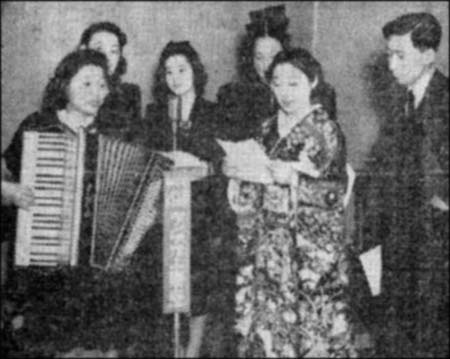
On January 8th, we had a talk with Army Major Gunkichi Tanaka, who was staying in Los Angeles. Major Tanaka participated in the capture of Hankou and the fierce battle of Nomonhan, and was known as a fierce unit commander. His first wartime account and on-site stories from the fierce battle of Nomonhan were broadcast.
On March 26th, a special two-hour Buddhist Youth Broadcast was aired from 9pm. Coincidentally, the All California Buddhist Youth Conference was held in Los Angeles for three days from March 27th, with approximately 2,000 participants from all over the state. Ozamoto was busy preparing for the conference as the deputy director.
The program featured performances by the Guadalupe French Blue Choir, Tashiro Sumie (vocals) from Lombok, Kodama Mitsuo (accordion) from Hollywood and Sally Yokoyama (singer) from North Fresno.
As Japan-U.S. relations continue to deteriorate, from June the channel took turns with the Japan Cultural Broadcasting Corporation to host the "Current Affairs Broadcast," which aims to encourage Japanese people to prepare for the upcoming crisis.
Also, starting June 15th, KGER began broadcasting on Sundays from 6:00 to 7:00 for the rural areas of the eight western states, especially for second generation Christians. It is a kind of revival of "Sunday Mainichi Broadcasting."
On Wednesday, August 13th, the candidates for the Nisei Queen Contest, one of the events of Nisei Week, were introduced from 1st to 3rd place. An interview with the previous year's Queen, Shizue Kobayashi, and a performance by soprano singer Chiyoko Matsuda were also shown.
No further developments were reported in the Japanese newspapers, but normal broadcasts continued until just before the outbreak of war between Japan and the United States, with the final programs airing on Wednesday, December 3rd and Sunday, December 7th, 1941.
*This article is an excerpt from Japan Hour (2020).
© 2020 Tetsuya Hirahara


